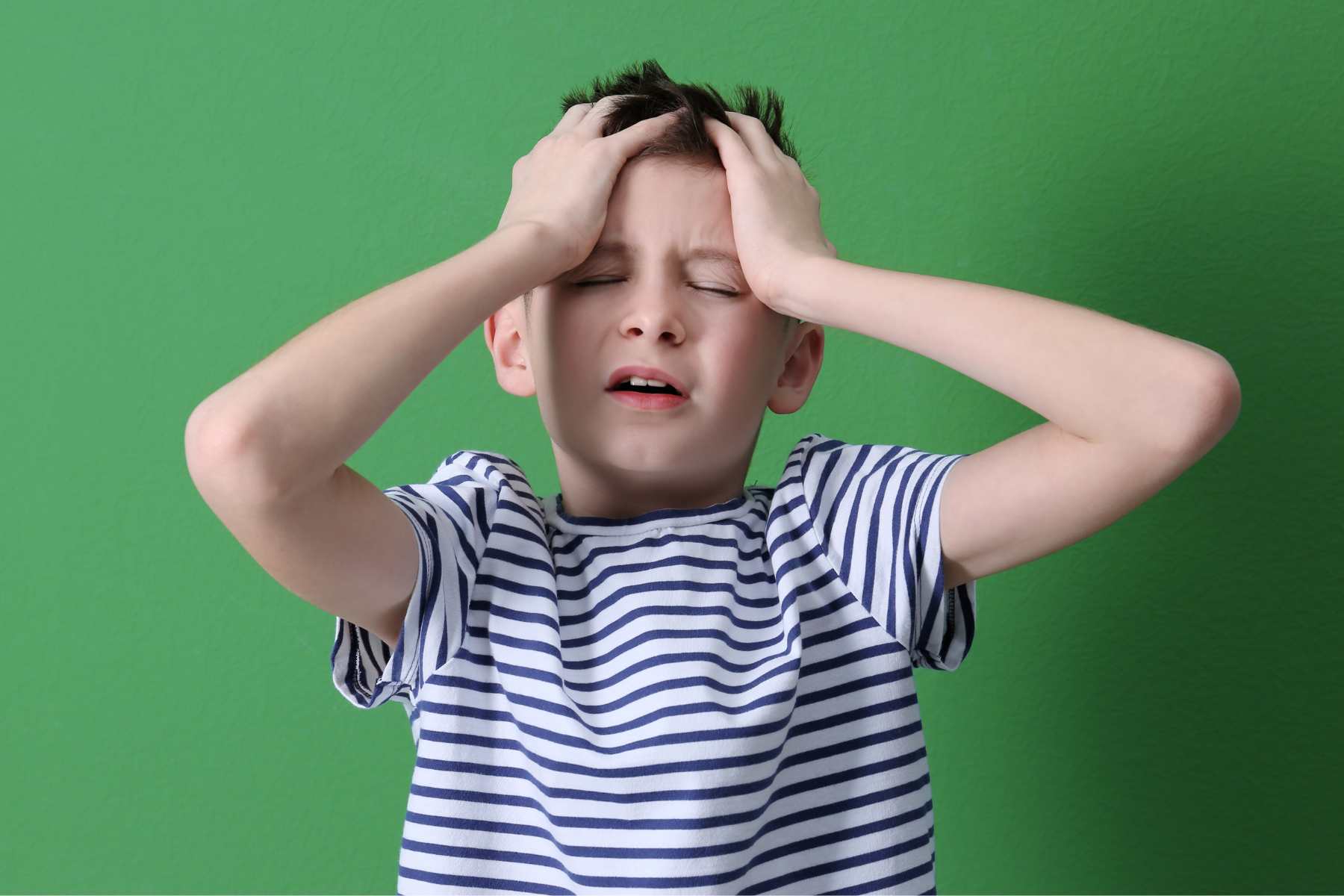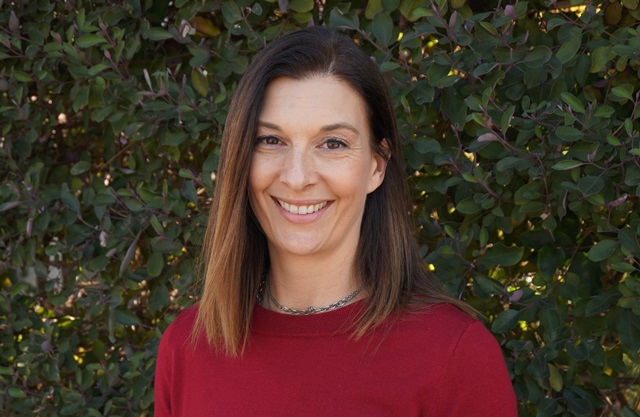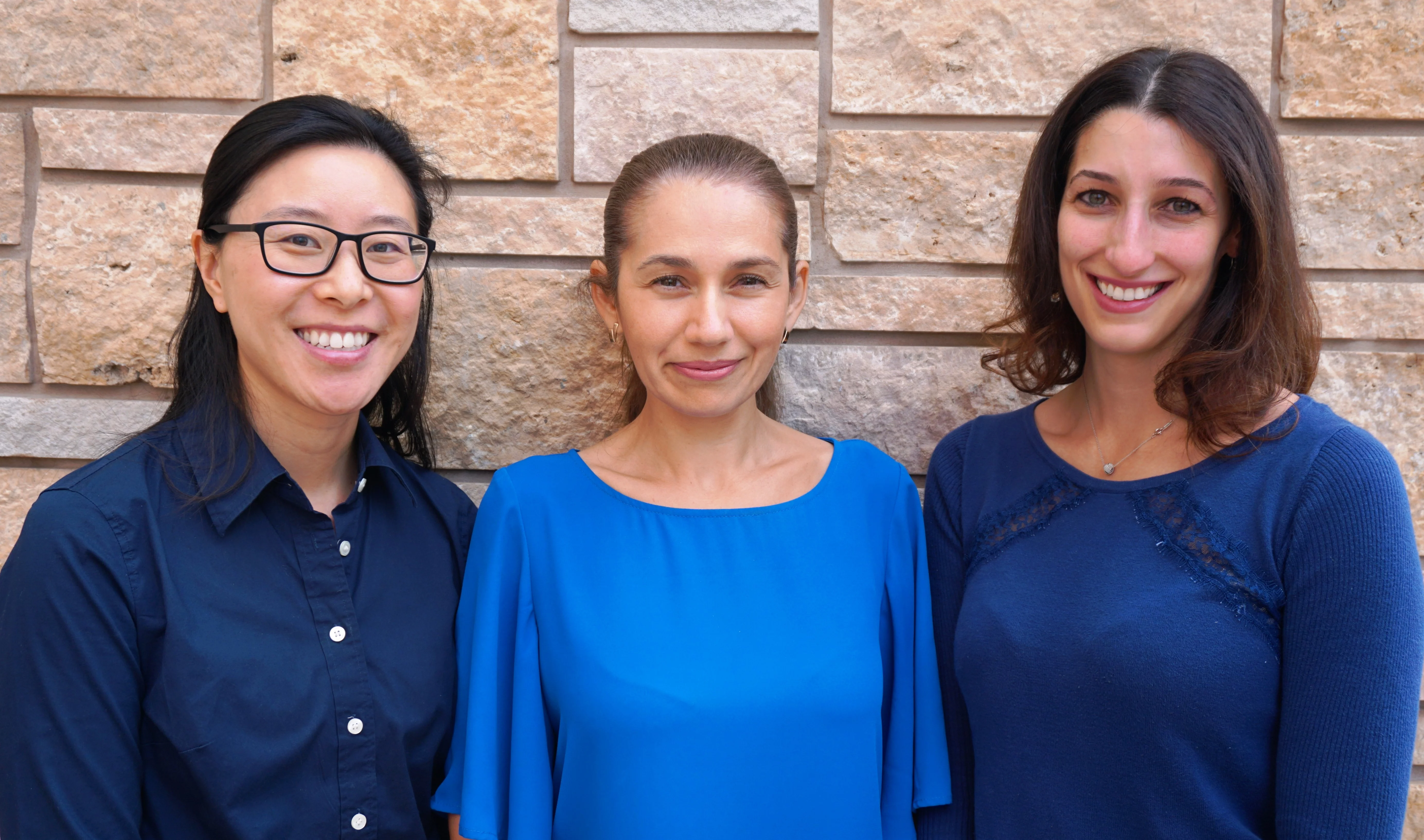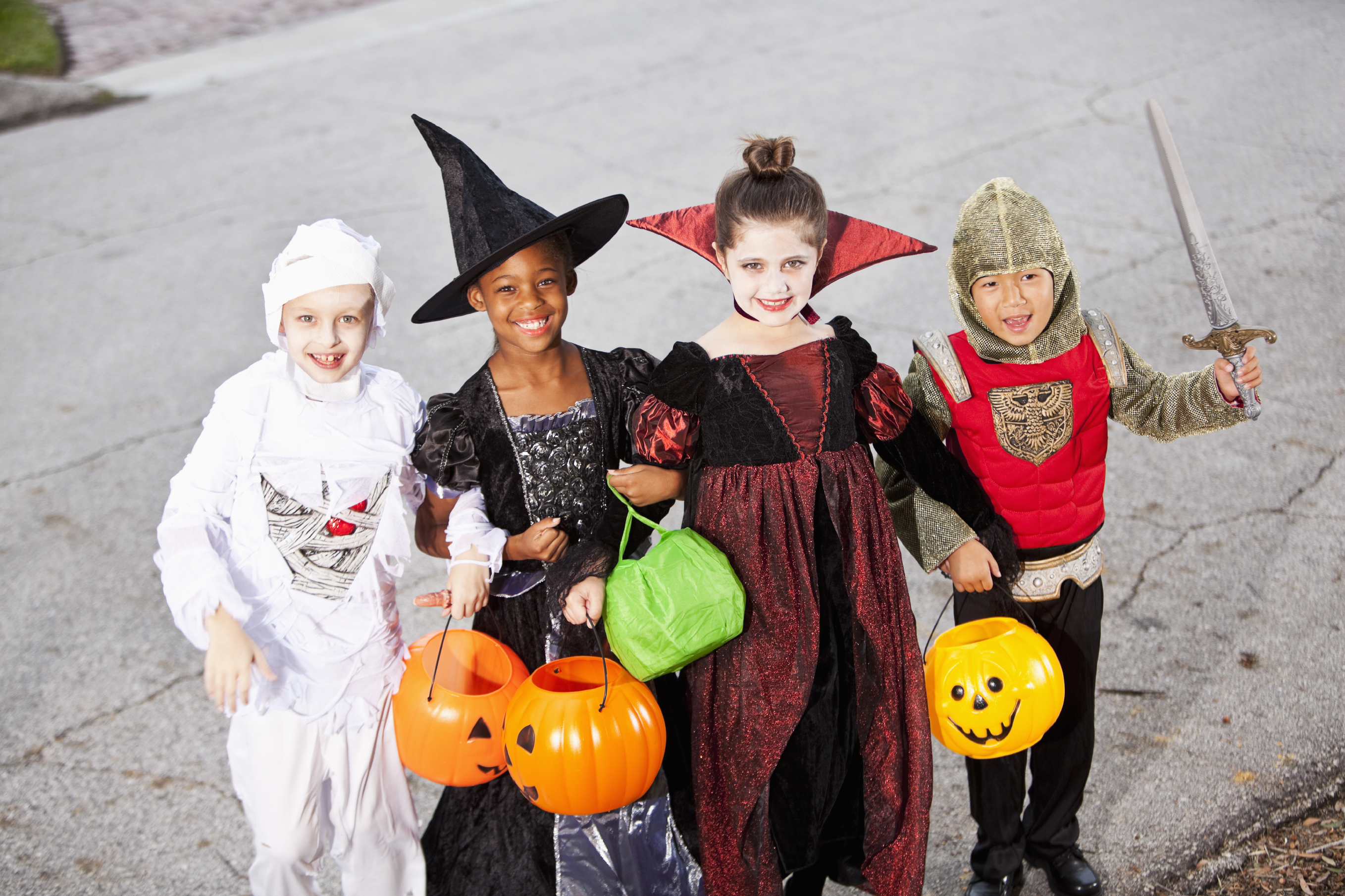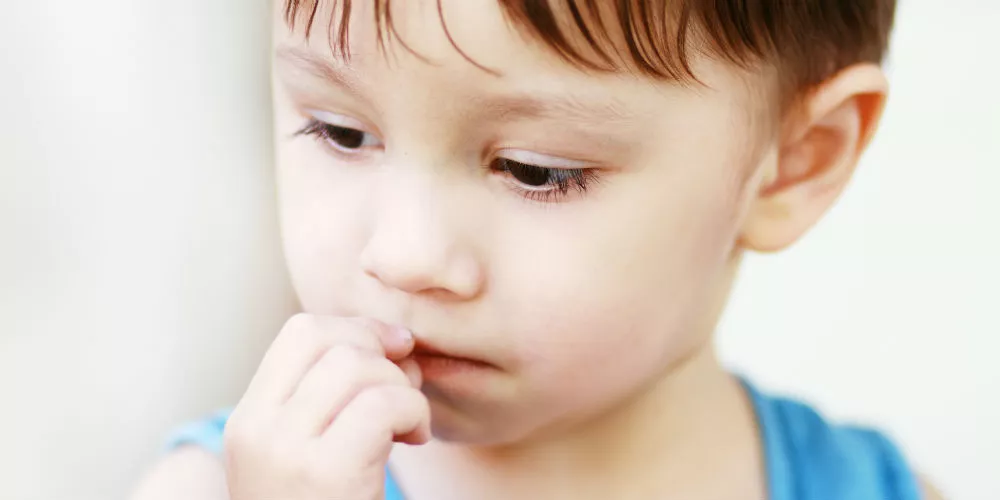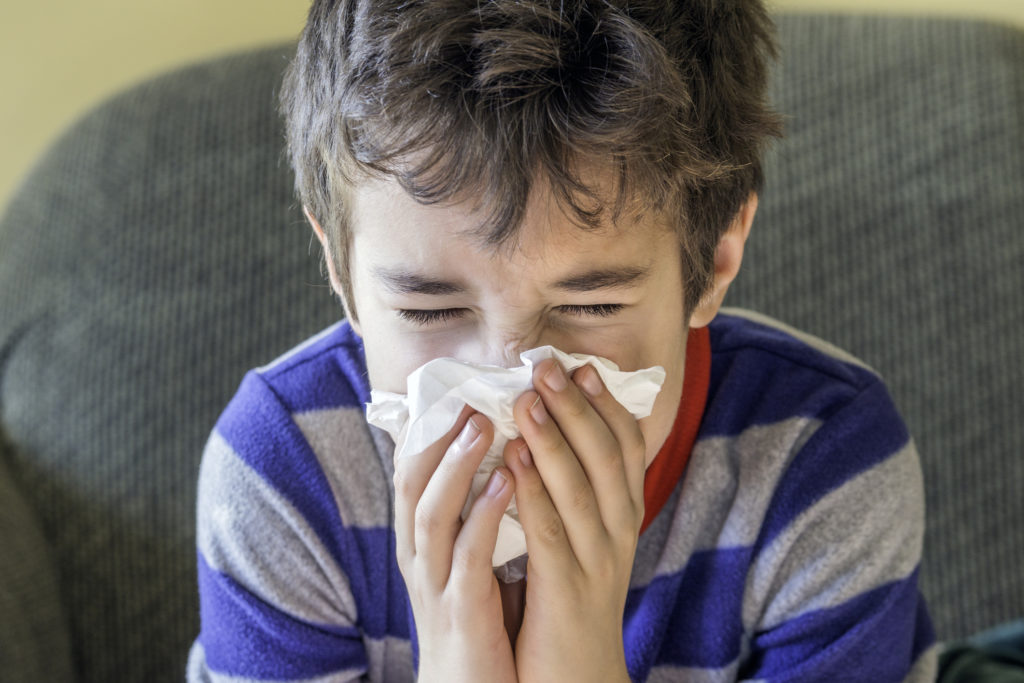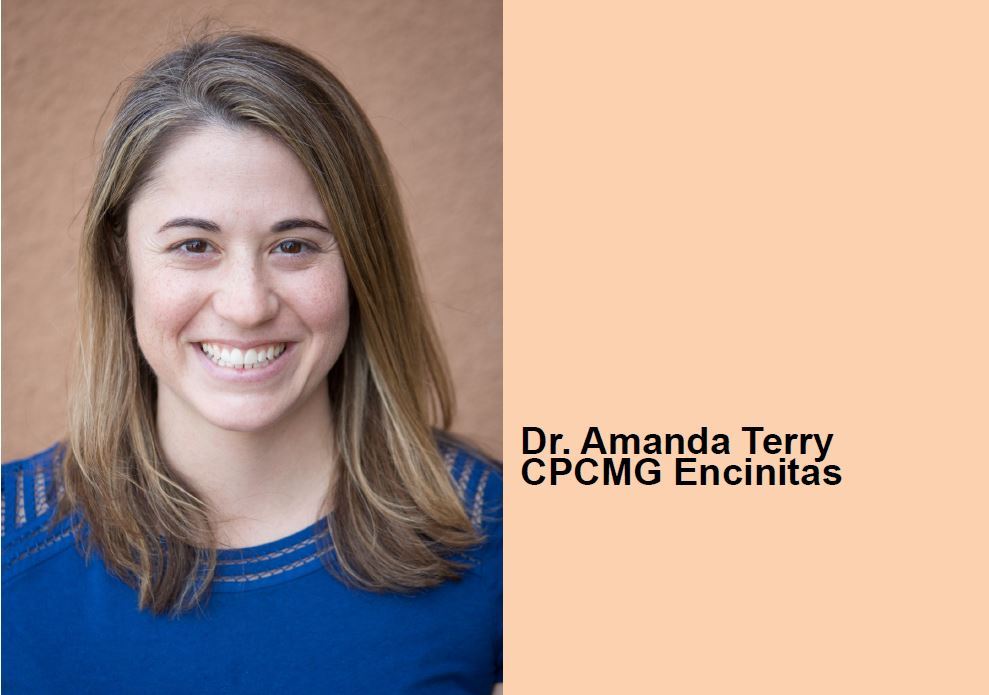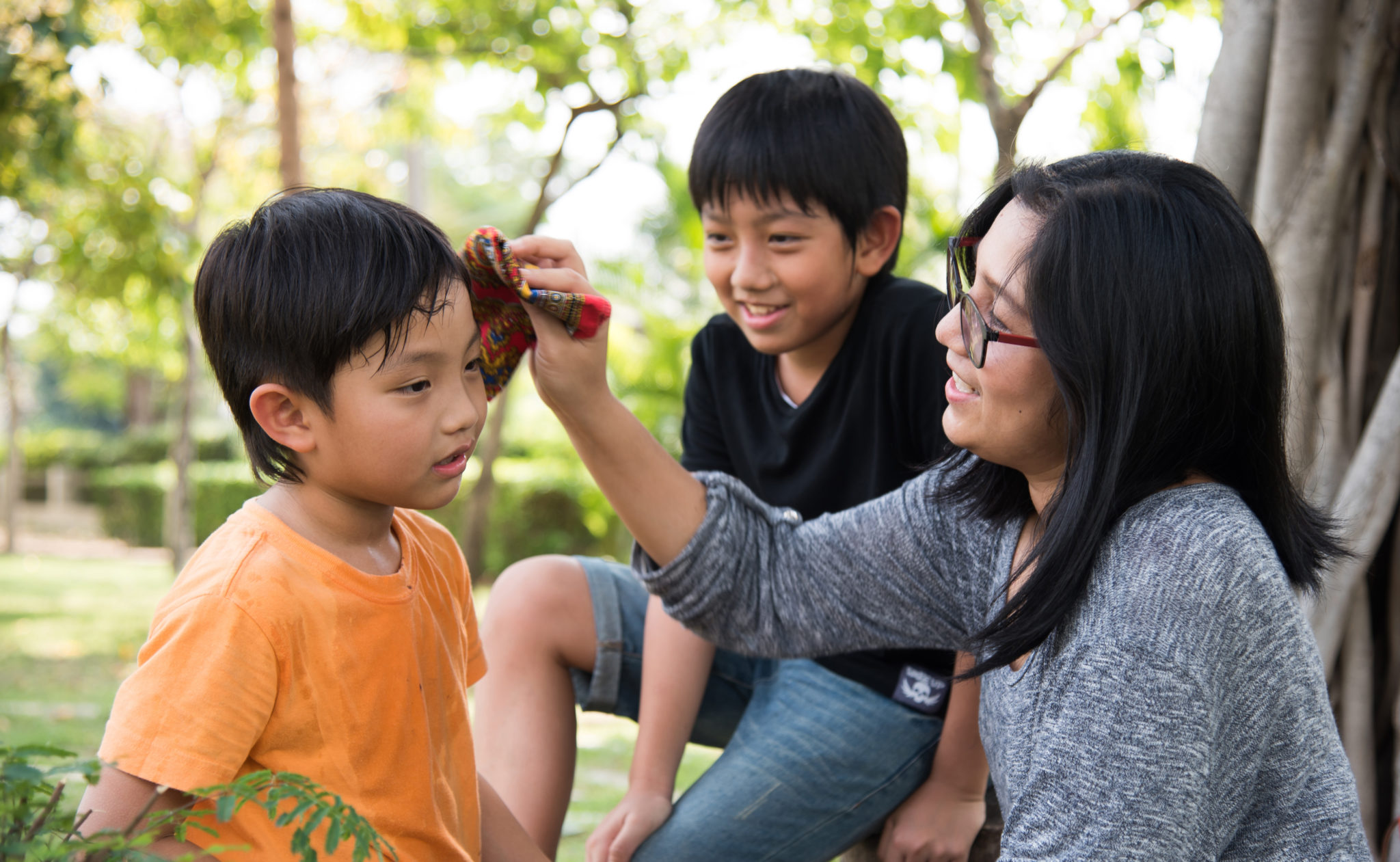SIX TIPS TO HELP KIDS DEAL WITH STRESS
In today’s busy world, it’s easy for anyone – even kids – to feel overwhelmed. For kids, maybe they are worried about homework and grades, or maybe they are being
Continue ReadingMeet Dr. Wendy Hunter
When she’s not working out or practicing for her drum lessons, you’ll likely find this recent addition to Children’s Primary Care Medical Group coordinating weekend community events that encourage literacy
Continue ReadingCPCMG Medical Center Court welcomes new pediatricians
Children’s Primary Care Medical Group is pleased to welcome Dr. Diana Mosquera, Dr. Catherine Yao and Dr. Shabnam Zargar to their Medical Center Court office in Chula Vista. Dr. Mosquera
Continue ReadingMeet Dr. Irene Chang
This CPCMG pediatrician recently joined the 4S Ranch office after 15 years in the South Bay, bringing her closer to the community where she lives with her family. In her
Continue ReadingHow to have a happy, healthy and safe Halloween!
From trick-or-treating to classroom parties to haunted houses, Halloween is a magical holiday. Learn how to keep your family safe during this fun holiday from Dr. Anna Mendenhall, pediatrician at
Continue ReadingBreakfast: How to make the most important meal of the day easy
“I don’t have time to eat breakfast.” This is what I hear from the majority of my middle school and high school patients, and I always have the following conversation
Continue ReadingHepatitis A: What you need to know
As of publishing this blog post, my hometown of San Diego is in the middle of one of the largest Hepatitis A outbreaks in a long time. 16 people have
Continue ReadingASK THE CPCMG PEDIATRICIAN: Dust Mite Allergies
My pediatrician just tested my son for allergies. The test results showed that my son is allergic to dust mites. How can I get rid of the dust mites in my
Continue ReadingMeet Dr. Amanda Terry
This CPCMG pediatrician enjoys spending time with family, reading and keeping active. Meet Dr. Amanda Terry, pediatrician at CPCMG Encinitas. How long have you worked at CPCMG Encinitas? This August
Continue ReadingKids and Heat
Summer is here which is prime time for summer camps, vacations and practice for high school sports. These activities among many others put kids outside in the scorching heat. What
Continue Reading
